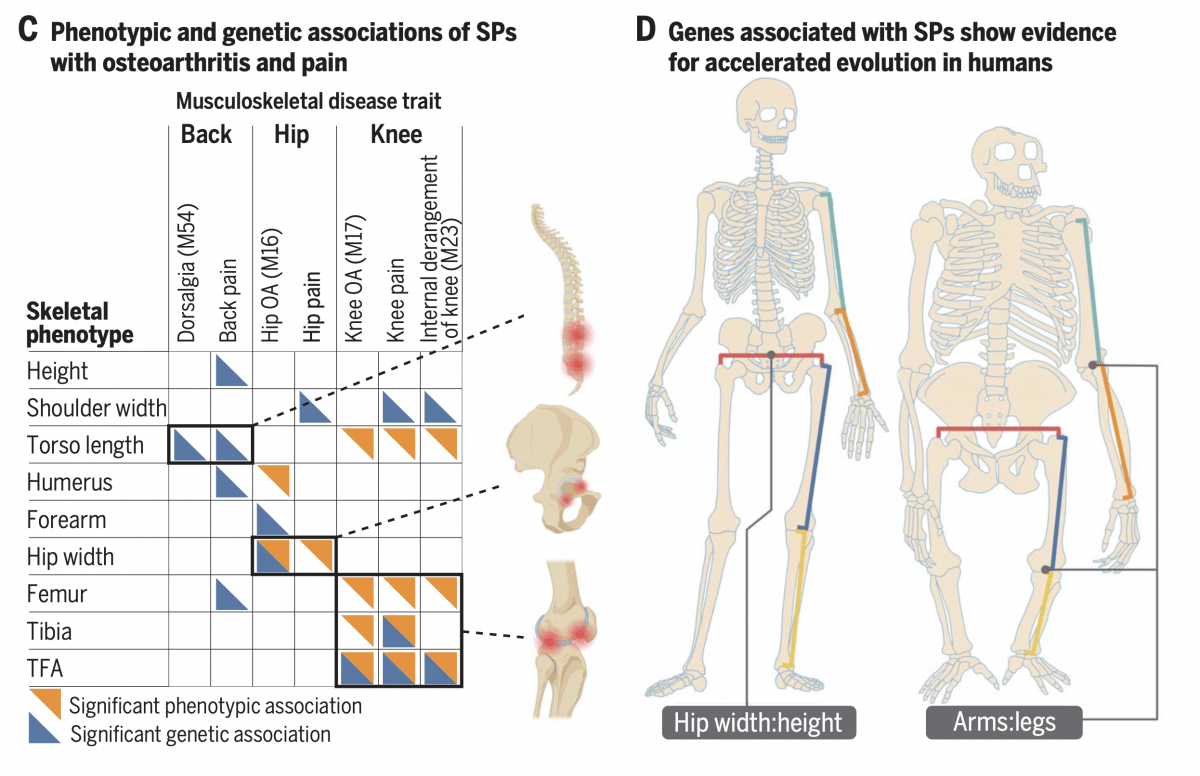Using deep learning, a research group combined the whole-body X-rays of 31,000 people with their genome and decoded which genetic regions made it possible for humans to walk upright over the course of a few million years. The research seems particularly interesting because it provides evidence of the way in which bipedalism was useful at the beginning of this adaptation: According to this, the upright walk and the associated physiological adaptations have enabled better cooling in the hot climate. Combined with evaporative cooling through sweating, humans became the best middle-distance runners on the savannah, which is useful for hunting, for example.
Advertisement
The team examined a variety of skeletal ratios, such as hip width to shoulder width, forearm length to height, and torso length to leg length, and created a genetic map for all of these ratios.
It is known from anatomical analyzes by other researchers that shorter arms and longer legs are an essential feature of walking upright. Eucharist Kun and colleagues have now also identified those genomic regions that produce these traits in humans. They clearly differ from the same regions in great apes. Likewise, there are clear differences in regions that lead to narrow hips and high stature in humans compared to apes. One can conclude that these regions were subject to significant selection pressures and that carriers of traits that promoted bipedalism had survival advantages.
Among other things, the researchers also analyzed energy expenditure, body mass index and body weight without fat. Together with the skeletal conditions, it turned out that the cooling gets better with increasing leg length. “There’s this correlation between skeletal proportions, energy expenditure and body mass, which together support the theory,” says geneticist and study co-author Vagheesh Narasimhan.
The work also points to genomic regions that carry an increased risk of diseases such as arthrosis. The publication, judged by experts to be a Herculean task, appeared in the science magazine Science. The colleagues headlined with a grin, based on Nancy Sinatra’s hit song: “These Bones Were Made For Walking”.
(dz)
To home page
